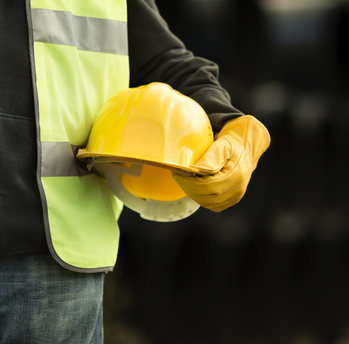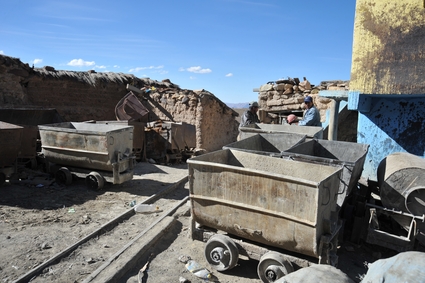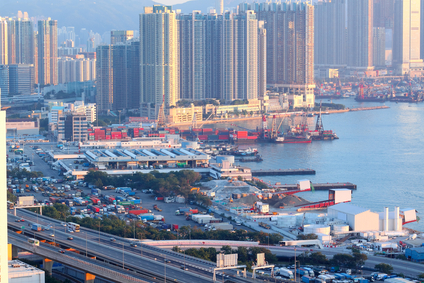Number One in Safety the Past Five Years
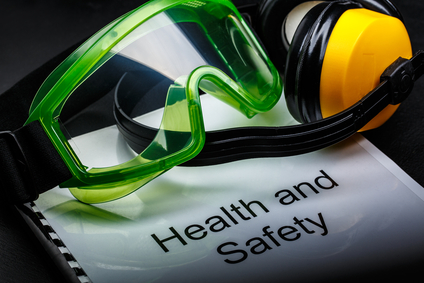 Number One in Safety the Past Five Years
Number One in Safety the Past Five Years
At Mainland Machinery Ltd, Health & Safety is our top priority. We are fully compliant with all the latest safety certification requirements, and ensure alignment with our client’s HSE systems and end goals. Realizing that one of the largest objectives of clients is a clean safety record, we have worked strenuously to improve and realize a top-notch program that satisfies our clients and ourselves. The dedication and perseverance of our team has ensured exemplary safety standards. Whether it’s in our shop or in the field, we get the job done safely.
Unparalleled COR Scores
Each year our HSE System is independently audited for legislative compliance. We are proud to report that our 2016 COR Audit resulted in a score of 100%! Our Safe Companies COR scores are also unparalleled for the past five years, maintaining a yearly average of 100%. As we have proven ourselves in the matter of HSE, clients continue to look to us to bring a standard of safety that is unmatched.
Innovative and Ongoing HSE Auditing, Training and Operations
- COR Certified
- CWB Approved
- CSA Standard W47.1 Certified
- ISNet World Registered
- Avetta (formerly PICS Auditing) Registered
- ComplyWorks Registered
- Continuous HSE training and updates
Exceeding HSE Program Expectations
At Mainland, we are not just satisfied with meeting the minimum HSE standards. In fact, we have achieved the best injury rate in our classification unit for the past five years! Mainland is a world class company producing a world class outcome in all that we do.
Whether you are retro-fitting your feed mill, producing equipment for the oilfield, installing mining equipment or in forestry operations, Mainland has the safety record, qualifications and experience to get your job done right.

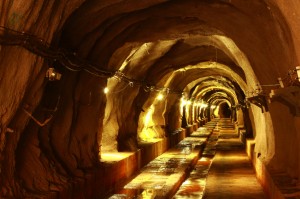
 Things to Know About Robotic Welding in Metal Fabrication Shops
Things to Know About Robotic Welding in Metal Fabrication Shops
